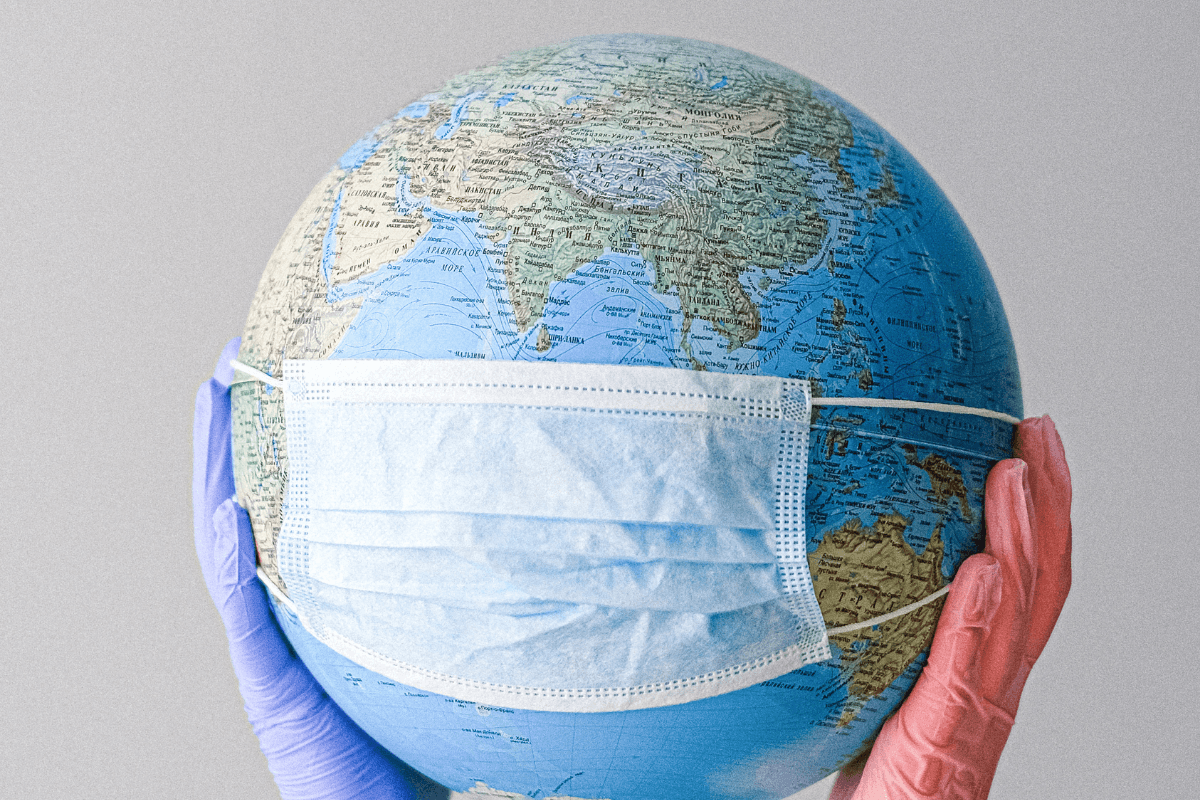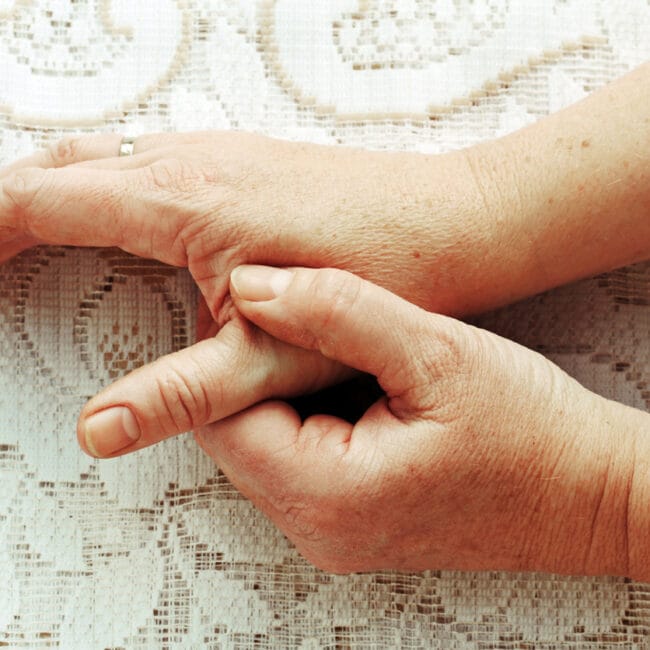COVID-19 has impacted us all, and the symptoms we look out for tend to be like those of the common cold or flu, including:
Temperature of 38°C or above
Dry cough
Fatigue
Loss of taste or smell
In addition to these symptoms however, the COVID-19 virus has also been shown to affect some people’s skin and when it is seen on feet it is being referred to as “Covid toes”. But this has been shown to be an uncommon and even rare symptom, if one at all.
Currently researchers are investigating why COVID-19 may be able to influence our skin, and if COVID-19 is the actual route cause of the current presentation, but there may be an association, and so we should be cautious if we notice the presentation of what could be Covid toes.
The below signs of Covid toes have been reported in those following infection of COVID-19:
Discolouration of the toes – in range of a red to purple
Swelling within the toes
Raised bumps that may be painful
Dry and rough skin in the region of discolouration
As previously mentioned, this presentation is rare and not commonly seen in the public, but it is believed to affect younger individuals more commonly. It should be considered and monitored if you believe you may have COVID-19, currently do have COVID-19, or have had past infection of COVID-19 and have recovered.
Covid toes can go on to develop one of or a combination of symptoms such as:
Blisters
Itchy sensation
Pain at the sites of the toes.
Due to the presentation of Covid toes and its subsequent symptoms, this may impact on and limit activity and sport level, and may even limit footwear comfort and choice for some individuals.
But Is It Covid Toes?
Previous research notes that the Covid toe presentation may be due to the body’s immune response to infection of the COVID-19 virus. It has been noted that the Covid toe presentation can occur even in those who have recovered and had no other symptoms.
In addition to this, the appearance of Covid toes can also look very similar to classic chilblains – so do be cautious if this occurs. Due to this similarity, researchers investigated further and currently it is believed that lifestyle changes brought about during the COVID-19 pandemic (i.e., lockdowns and limited activity levels) may be the associated cause of Covid toe and may have resulted in an increase of chilblain occurrence, rather than a direct cause being infection of the COVID-19 virus.
So, hopefully there is no relationship between COVID-19 and this chilblain-like appearance seen on feet and noted during the pandemic as Covid toes, but precaution should still be taken if such a presentation is noticed, and medical opinion sought due to the presentation and its related symptoms.
What Do I Do If I Notice Symptoms?
So, if you notice what could be Covid toes you should seek medical care from your GP or podiatrist for an opinion on the presentation, symptoms and consideration of any further advice or differential diagnoses.
Currently Covid toes have be seen to last for a few weeks, or it can go on for longer periods of time such as a few months. Some individuals may require topical therapies, such as creams or medication to help with resolving the concern, while for others the presentation and symptoms may resolve on their own.
References
COVID TOES, RASHES: HOW THE CORONAVIRUS CAN AFFECT YOUR SKIN – Https://Www.Aad.Org/Public/Diseases/Coronavirus/Covid-Toes
Hernandez C, Bruckner AL. Focus On “COVID Toes”. JAMA Dermatol. 2020;156(9):1003. Doi:10.1001/Jamadermatol.2020.2062
Baeck M, Herman A. COVID Toes: Where Do We Stand With The Current Evidence? Int J Infect Dis. 2021 Jan;102:53-55. Doi: 10.1016/J.Ijid.2020.10.021. Epub 2020 Oct 16. PMID: 33075530; PMCID: PMC7566763.
HSE – Covid-19 Symptoms: Https://Www2.Hse.Ie/Conditions/Covid19/Symptoms/Overview/
BBC article: ‘Study reveals why some people get Covid toe condition’, https://www.bbc.com/news/health-58801462











